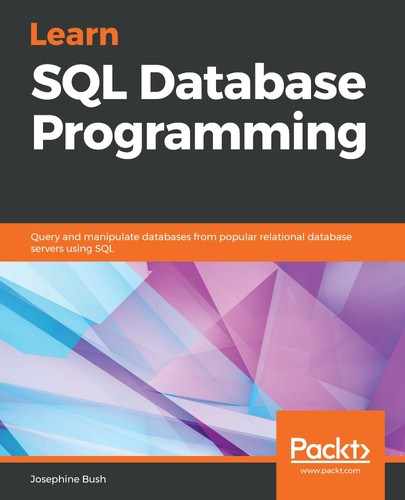In this chapter, you learned how to use expressions, including using literals, operators, columns, and built-in functions to create expressions. You learned how to use each and that you can use them all together to create expressions.
You learned about the different types of built-in functions, including string, numeric, datetime, and advanced functions, which include casting and converting to other data types. There are many different kinds of string, numeric, and datetime built-in functions. They help you to work with expressions to ensure they are in the format and data type that you want. You also learned how to work with NULL values. Additionally, you learned how indexing might be affected by built-in functions.
Next, you learned how to use statistical functions, including how to get and use variance and standard deviation with the STDDEV and VARIANCE functions. Finally, you learned how to create a generated column based on an expression, and what it means to store the column virtually or on disk.
In the next chapter, you will learn how to use aggregate functions to a group and summarize data. Aggregate functions include math functions such as AVG, SUM, COUNT, MIN, and MAX. You will also learn how to use the GROUP BY and HAVING clauses in conjunction with the aggregate functions.
